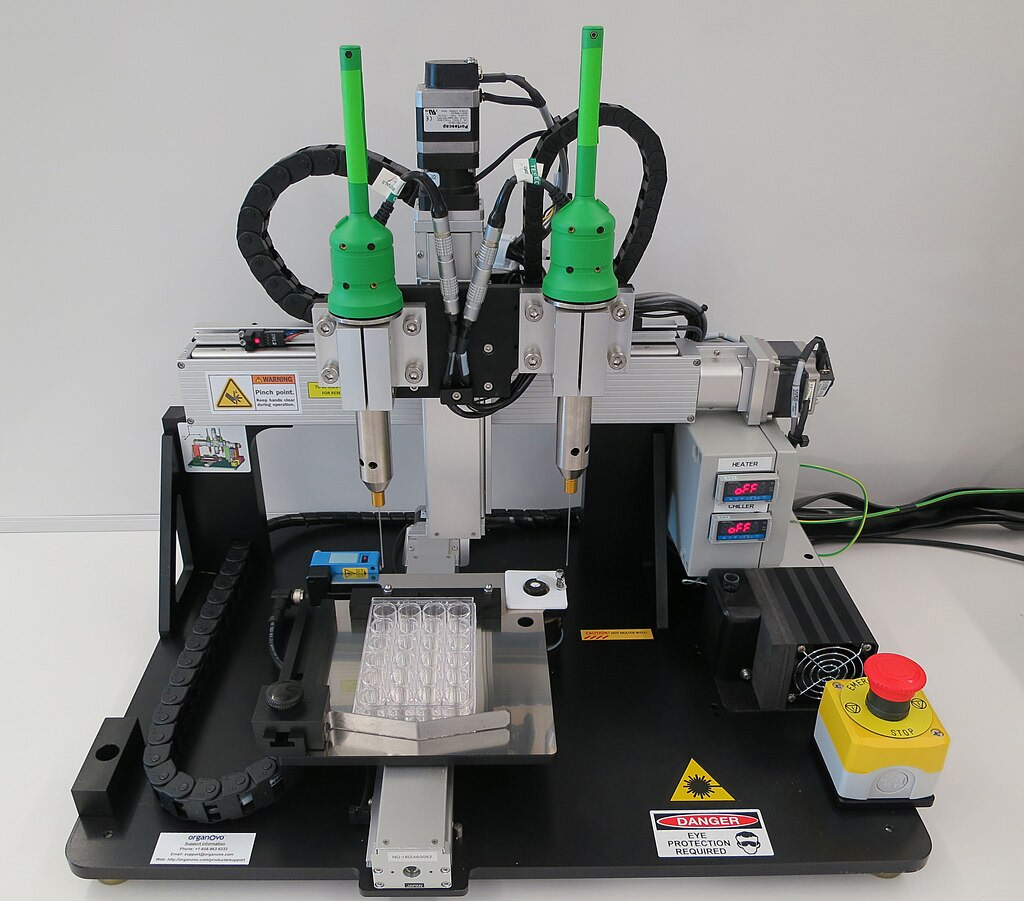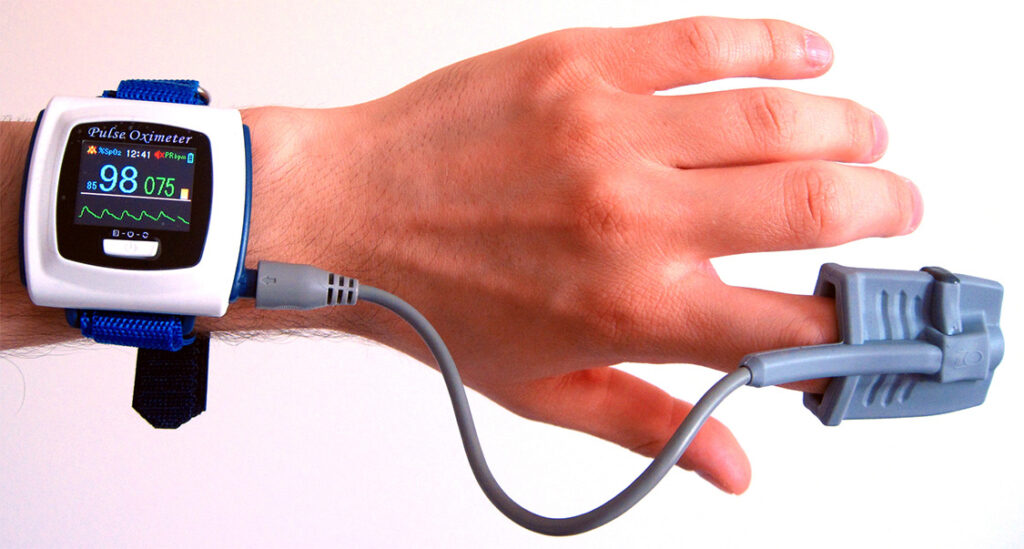Next-Generation Wearables: Self-Assembling Sensors Enhance Device Conductivity

In the fast developing field of wearable electronics, the search for materials with great electrical conductivity while matching softness and flexibility of human flesh has been top priority. Penn State’s recent discoveries have produced a new 3D-printed material that not only satisfies these requirements but also adds a self-assembling capacity that improves device conductivity without the complexity of conventional manufacturing techniques. This invention may alter benchmarks for soft robots, skin-integrated electronics, and biomedical tools.
The Innovation of Self-Assembling Conductive Materials

Leading this technical development is a new 3D-printed substance created by scientists to replicate mechanical characteristics of real tissues by being soft and flexible. This material is unique in that it can self-assemble into a highly conductive state, therefore avoiding the requirement for often necessary secondary activation techniques like stretching or heating in liquid metal-based conductors. This part investigates how the special composition of the material—liquid metal combined with a conductive polymer combination and hydrophilic polyurethane—allows this self-assembly, hence producing a robust and effective conductive channel.
Overcoming Traditional Challenges
The intrinsic limits of current materials, notably low conductivity and device failure resulting from liquid metal leakage, have sometimes hampered the progress of wearable sensors. This part explores how Penn State’s novel approach directly tackles these problems and provides a means of preventing leakage and preserving integrity under physical strain. This material guarantees dependability and lifetime in wearable applications by streamlining the fabrication process and eliminating the need for intricate post-fabrication activation.
Applications in Wearable Technology and Beyond
The implications of this material innovation extend beyond just improved conductivity. This section discusses the potential applications of these self-assembling sensors in various domains, including medical diagnostics, personal fitness monitoring, and even as assistive technology for individuals with disabilities. The ability to accurately and consistently monitor physiological signals without signal interference opens up new avenues for real-time health assessment and adaptive support devices. These versatile sensors are poised to revolutionize the way we manage healthcare, offering personalized and immediate feedback that enhances both daily convenience and critical care scenarios.
Future Directions and Research Opportunities
With the foundational research established and promising results published in ‘Advanced Materials’, the path forward involves scaling the technology and exploring further applications. This section outlines the ongoing research initiatives at Penn State, including collaborations with national and international institutions to refine and expand the use of these conductive materials. Examined also is the possibility for customizing and integration into different consumer items, therefore underscoring the wide influence this technology can soon have on daily life. As scientists keep stretching the bounds of what is feasible, this technology’s scalability provides a means of mass adoption in consumer electronics, so maybe making self-assembling conductive materials a mainstay in next wearable gadgets.
A major turning point in wearable technology comes from Penn State researchers’ creation of self-assembling, extremely conductive sensors. More complex, dependable, and flexible wearable technologies are made possible by tackling the fundamental difficulties of conductivity and material integrity. As the technology develops, it promises not only to improve present uses but also to provide whole new opportunities for integration of electronics with the human body, thereby transforming our interaction with technology and view of its potential.
